Customize your Dashboard
Estimated reading time: 7 minutes | Target users: Supervisors
In this tutorial, you will learn how to set up and customize your dashboard in VCC Live. Dashboards allow you to overview your projects’ metrics in real-time through a single graphical user interface — so you can monitor your business performance at a glance.
Scenario
Your business is running a telesales / customer service project and you wish to track some of the most important KPIs to see if your project is running as intended.
1. Get familiar with the dashboard editor
1.1 Create a new, empty dashboard
- From the VCC Live menu, select Contact Center > Dashboards.
- Press New dashboard.
- In the New dashboard pane, enter a name for your dashboard.
- Press Save.
Tip: Once you have created a dashboard, basic operations such as renaming, deleting or editing the dashboard are available.
1.2 Add Filters to your dashboard
- From the VCC Live menu, select Contact Center > Dashboards.
- Select the Filters tab, and press New filter
- Enter a name and description for your filter.
- Use the Choosing projects, Choosing queues, and Choosing agents panes to define the scope of the data used.
- In the text fields, start typing, for example, the name of a project, project folder, team, queue or agent. Any projects, project folders, teams, or queues that match the word or word chunks you are typing in, will be included in the data scope.
- Press Save.
1.3 Add widgets to your dashboard
- From the VCC Live menu, select Contact Center > Dashboards.
- In the New widget pane, enter a title for your widget.
- Optional: Enter a Prefix, Suffix, and Unit for your widget.
- Optional: Besides the New widget label, press + to add background color conditions.
- Use the Title font size, Data font size, and Unit font size controls to adjust the size of texts on the widget.
- In the Filter drop-down list, select a filter option. It controls the scope of the data displayed on the widget.
- In the Field drop-down list, select the data you want to display in the widget.
- Press Save. The widget appears on the screen.
Tip: Once you have created a widget, basic operations such as deleting, resizing, or moving the widgets are available.
2.Setting up your dashboards
2.1 Dashboard example for a telesales project
Here are some useful KPIs you might want to use on your dashboard.
Handled records: This widget shows the total number of managed records. Set the Field to the total number of managed records.
Outbound calls, Reached: These are also quite useful, showing an up-to-date data for your outgoing calls.
Reachability: It shows a ratio value in percentage for Reached / Total, which you can select in Field.
To make this KPI more comprehensible, you can set a rule for its color scheme:
- At the “Change background color if…” section, set up the following:
- < 25 [red]; > 65 [green]
Success and Dropped ratio: It shows a ratio-value of Successful and Dropped calls compared to your Total calls.
Tip: KPIs in the first row can be used for showing metrics for your current month – simply select This month at the Period section.
AHT – AVG handling time and AVG call: Suitable for tracking your agents’ average time spent on handling calls and talking to customers.
AVG Available: Shows the average value of your agents spent in Available status in a given month. A value that’s too high might be unfavorable for your business.
Efficiency: It’s an efficiency value presented as a percentage. It is calculated as Efficient time / hour. For example, an efficiency time of 00:36:00 means 36/60, which would be 60%.
- Set “Efficiency %” at Field, and select “This month”.
- Add a coloring rule: < 10 [red]; > 50 [green]
All agents: Shows all of your agents available at a given moment.
Available agents: It is advised to have at least 1 available agent in your project at all times. To monitor this, you can set the “Available (A)” at Field, and add a coloring rule: < 1 [red]
Calls Needed: Numbers of calls to be taken to meet your project requirements.
Agents in call: Number of agents currently having a conversation with your customers.
Tip: Custom KPIs can be created in the VCC LIve menu > Contact Center > Custom KPIs section.
2.2 Dashboard example for a customer service project
Here are some main KPIs you might want to use on your dashboard.
Available agents: Choose “Available (A)” from Field to see your available agents at the moment.
Calls waiting in queue (SLA and after SLA):
- Use “In queue within SLA” to see calls that are waiting in a queue, but still within the SLA timeframe.
- Use “In queue after SLA” to see calls that are waiting in a queue for too long time.
You can put the ➠☎ icons in the widget’s prefix to make the widget visually more apparent.
Tickets opened (this month): A striking widget that shows the total number of opened tickets for your current month. Use “Tickets” in Field, and set Period to “This month”.
Calls in IVR: Shows the current number of calls in the IVR. Use “In the IVR” for Field.
SLA (this month): Shows a percentage of cases that met the SLA in your current month. Use “SLA value” for Field and “This month” for the period.
INB calls (total – this month): Total number of Inbound calls for your current month. Use “Inbound calls count” for Field and “This month” for Period.
Tickets resolved on first contact: Number of tickets resolved the first time the customer contacted the agent. Use “Tickets resolved on first contact” for Field and “This month” for Period.
Emails first response: Shows the first response time given to an incoming email. Use “First response time” in Field and “This month” for Period.
Tip: Once you are done setting up your dashboards, you can easily share them — using a single URL — with others or access the dashboards anytime, from anywhere, virtually on any device supporting web browsers.
To learn more about dashboards and how to share them, visit our guide.

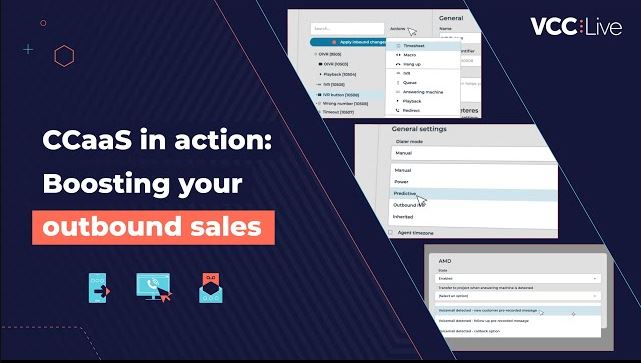

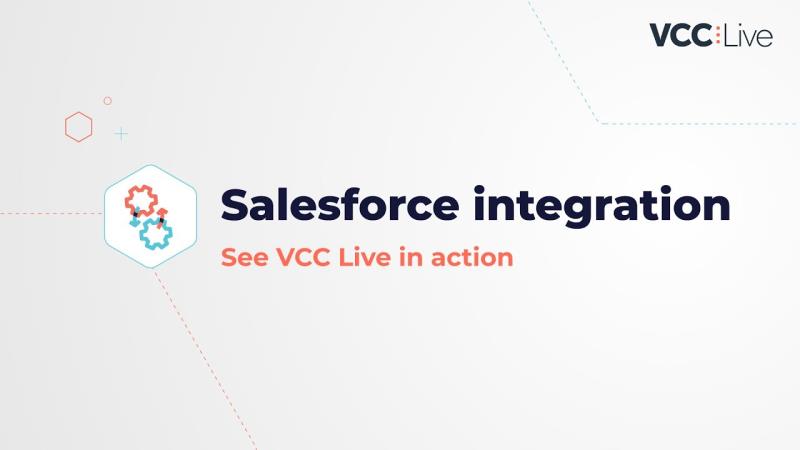
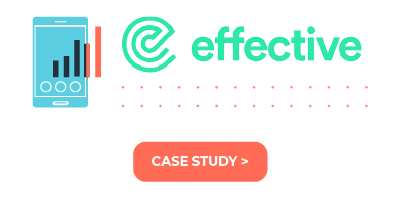
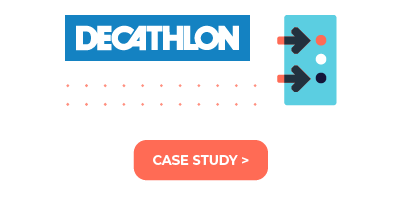
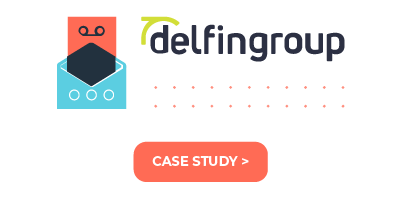

Comments
Can’t find what you need? Use the comment section below to connect with others, get answers from our experts, or share your ideas with us.
There are no comments yet.